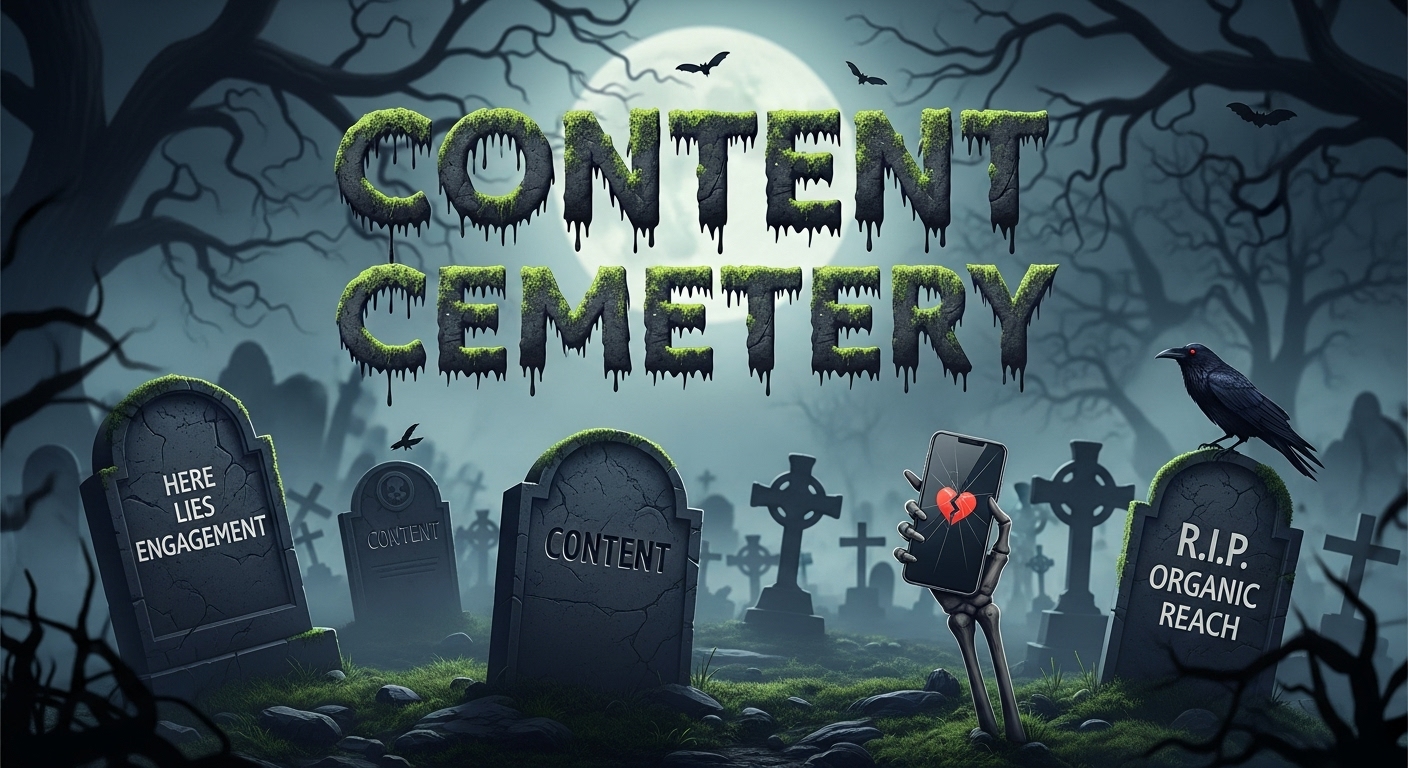
Outperforming in Organic Search & LLM Discoverability — Key Takeaways

The way people discover brands online is changing fast. To help marketers stay ahead of the curve, Knotch recently hosted a workshop on how to outperform in organic search and LLM discoverability. The discussion brought together expert voices from both in-house and agency perspectives:
- Cooper Nelson, AVP of Content Marketing, University of Phoenix
- Scott Gardner, Co-founder, New Media Advisors
- David Brown, Head of Strategy at Knotch
Here are the key takeaways from their discussion.
1. SEO Fundamentals Still Matter—But the Game Has Changed
The foundational principles of SEO haven’t disappeared, but the battlefield has shifted. Traditional metrics like keyword rankings and blue-link visibility are giving way to brand presence within AI-generated responses from platforms like Google’s AI Overviews (AIOs) and ChatGPT. Success now depends on whether your brand is mentioned, cited, or even implicitly used to inform answers in these environments.
“The fundamentals of SEO haven’t changed. What has changed is how search is happening… more about making sure that you are in the conversation and… driving that conversation.” — Cooper Nelson
“It’s not dead. It just has changed again… these models are really trying to get to the why behind queries rather than simply matching keywords.” — Scott Gardner
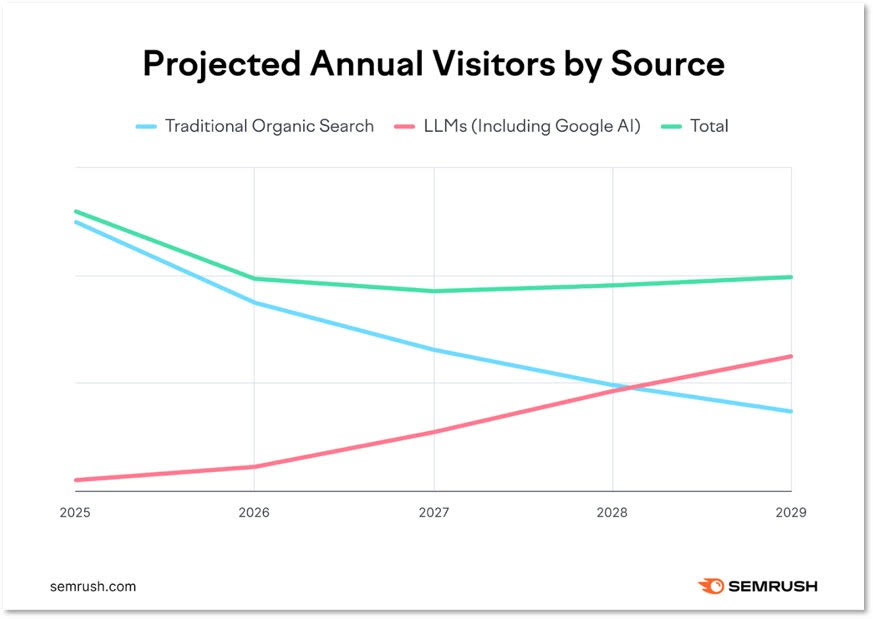
2. From Keywords to Authority: Be the Recognized Expert
The days of gaming the algorithm with keywords and backlinks are behind us. Today’s winning strategies focus on building real authority through trusted content, brand mentions, and reputational signals. Whether or not you’re directly linked, LLMs are looking for signs that your brand is a recognized expert in the topic domain.
“There’s a shift from keyword matching to really user-centered content and being known for the topic and being an in-depth expert.” — Scott Gardner
“Brand authority really matters… You have to start to be the authority on that topic.” — Cooper Nelson
3. The "Crocodile Mouth" Effect Is Real
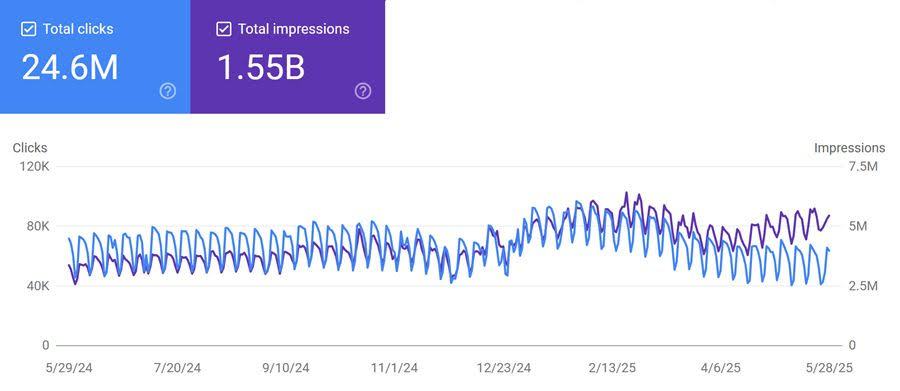
As Google ramps up AI Overviews, many marketers are seeing impressions rise and clicks decline—a pattern that’s come to be known as the “crocodile mouth.” The rise in impressions often reflects double-counting from both traditional and AI search results, while users are increasingly satisfied by in-SERP answers. This shift creates a perception of decline that must be recontextualized internally.
“Around March… you begin to see impressions far outpacing clicks… It creates that crocodile mouth effect.” — Scott Gardner
“You’re getting billions of impressions… but your click-through rate is so low… 70% of all AI searches have zero clicks.” — Cooper Nelson
4. Measurement Needs to Catch Up
Legacy SEO metrics no longer tell the full story of brand visibility and performance. With AI-driven search experiences fragmenting the customer journey, marketers must educate internal stakeholders and evolve KPIs. The focus should shift from counting visits to evaluating visibility, brand mentions, and presence across the SERP and beyond. LLM share of voice is emerging as a new and important metric.
“Volatility is the new normal right now… We can learn from it and pivot around it.” — Cooper Nelson
“Search is like the world’s biggest focus group. We get all the data… Our job is to educate and use data, not theory.” — Scott Gardner
5. Structure Content for AI Readability
LLMs like ChatGPT and Google’s AI Overviews don’t rank entire pages—they extract fragments, passages, and facts from many different sources. That means your content needs to be chunked and structured with clear takeaways, TLDRs, and self-contained paragraphs that can stand on their own. Optimizing for “passage-level clarity” is now a critical tactic.
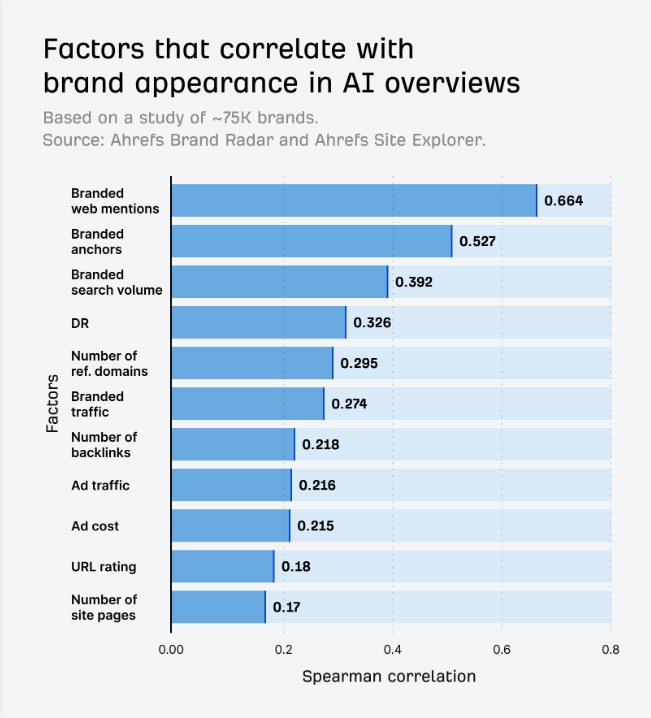
“Every paragraph should have its own identity… That’s helping today in the world of these LLMs.” — Scott Gardner
“We changed [our strategy] from traffic and trust to reputation and reach… making sure we are not shallow in those content areas.” — Cooper Nelson
6. SEO Is Now Omnichannel
Search is no longer confined to Google. LLMs are sourcing answers from Reddit threads, YouTube videos, Wikipedia entries, TikTok content, and more—making discoverability a cross-channel discipline. Winning strategies now incorporate a broader footprint and prioritize presence wherever customers seek trusted answers.
“Search is everywhere… Reddit, YouTube, LLMs. You have to build your strategy into those channels. We look at our SEO strategy as social, PR, reputation management, Wikipedia, Reddit, YouTube… all these channels.” — Cooper Nelson
7. Thought Leadership Is a Shortcut to LLM Visibility
Original research and expert commentary are among the most powerful levers for LLM visibility. These assets are more likely to be cited by third-party sources, which in turn improves your chances of being surfaced in AI-generated responses. If you want to be part of the answer, it pays to lead the conversation.
“Thought leadership that delivers unique insights and information is a major factor we're seeing right now in AI Search results” — Scott Gardner
“If people think ‘online education,’ they should think ‘University of Phoenix.’ Brand really matters.” — Cooper Nelson
8. LLMs Are Hard to Track—But Not Impossible
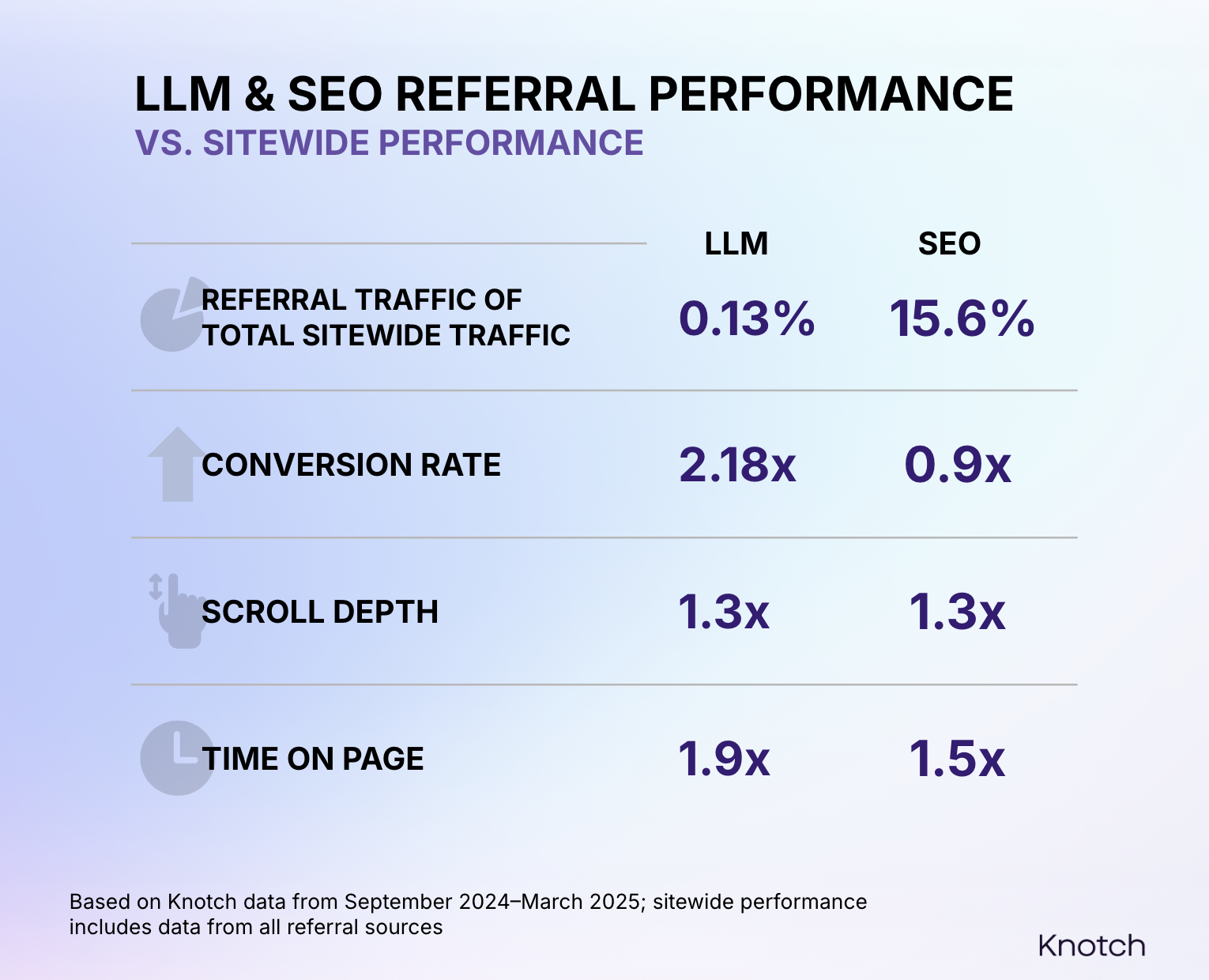
Direct referral traffic from LLMs is minimal, but their influence is real and growing. Savvy teams are triangulating visibility, brand search lift, and down-funnel impact to make the case. In this new reality, attribution isn’t always about the last click—it’s about shaping consideration upstream.
Knotch aggregate analysis on LLM traffic, though accounting for just 0.13% of total site visits, is punching above its weight, contributing to 0.28% of total conversions—over twice its share.
“We’re seeing all LLMs combined drive just 0.2% of traffic—but you should measure the indirect impact LLMs are having on other channels.” — Scott Gardner
“We try to tie it back… Are you having more qualified leads come in because they already know who you are?” — Cooper Nelson
9. Tools Are Emerging—But Require Due Diligence
New tools are coming to market every month to help track brand presence in LLMs, score content passages, and flag citation opportunities. Platforms like Profound, Scrunch AI, BrightEdge, and Semrush Enterprise AI are leading the charge. But with the space evolving rapidly, teams need to continuously reassess and experiment.
“Profound is clearly the leader… We also use Scrunch AI and Semrush Enterprise AI.” — Scott Gardner
“There are a lot of tools… We’re doing exploration now to plan for FY26.” — Cooper Nelson
Knotch’s Action Plan Recommendation
1. Reorient Content Toward Task Completion and Solutions
AIOs now resolve top-of-funnel queries directly in the SERP, reducing the need for users to click. To counter this, content must provide actionable value beyond simple explanations.
- Create task-based content (checklists, tools, calculators).
- Ensure each page helps users complete a task or make a decision, not just understand a topic.
- Focus on solution-oriented writing tailored to specific user intents.
2. Prioritize High-Trust, Structured Formats
Google’s algorithm favors structured, specific, and trustworthy content formats—those that are hard to flatten into an AI summary.
- Double down on comparison pages, templates, localized compliance pages, and interactive tools.
- Build pages that incorporate schema markup, citations, authorship, and update history.
- Avoid editorial-heavy formats like explainers and listicles which are seeing SEO position drops.
3. Optimize for Featured Snippets and AIO Citations
Being cited in AIOs or appearing in the Featured Snippet is now essential to visibility. It’s the new "position zero."
- Format content with clear, scannable structure (bullets, tables, headings).
- Use structured snippet pages designed for AI parsing.
- Refine snippet logic, schema, and markup to improve the chance of being surfaced in AIOs and SERP panels.
- Use machine-readable text format (e.g. UTF-8 encoded), well-structured (e.g. HTML, JSON, Markdown), free from excessive noise (e.g. ads, scripts),
4. Personalize and Cluster Content by Audience Need
Generic informational content is no longer enough. Google rewards depth, authority, and specificity.
- Use topic hubs and cluster strategies to organize related content and signal topical authority.
- Personalize content for specific locations, user outcomes, and decision stages.
- Rework or consolidate redundant explainers and guides to reduce clutter and increase relevance.
5. Monitor, Adapt, and Scale What Works
SEO volatility is increasing due to constant algorithm and AI-driven changes. A test-and-adapt mindset is critical.
- Launch tools like a CTR & Gemini Volatility Tracker to monitor traffic shifts.
- Track snippet/AIO loss and SGE cannibalization monthly.
- Continuously migrate underperforming content into decision-support frameworks and reinforce with trust signals (authorship, citations).
Published July 24, 2025
Become a thought leader
Become a thought leader
Trusted by the largest (and now smartest) brands in the world.
“Before Knotch we did not understand what content was driving business results. Now we understand which content moves the needle. Knotch’s cohesive reporting and insights paint a real picture of what’s happening on our website instead of the patchwork quilt that comes from a Google Analytics approach. With Knotch we have been able to re-prioritize ad spend, route better leads to our SDR team, and inform our content development initiatives.”

"The Knotch platform ensures that we deliver high-performing content tailored to young home shoppers, enhancing their experience and driving better business outcomes.”

"Our partnership with Knotch has been highly successful, empowering us to leverage data-driven insights and refine our content strategy.”





